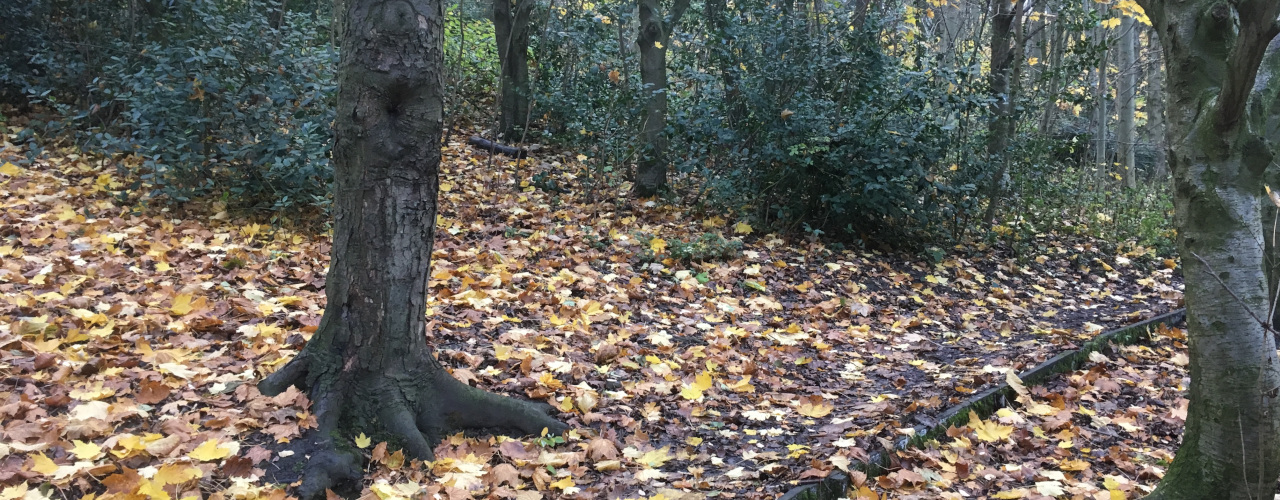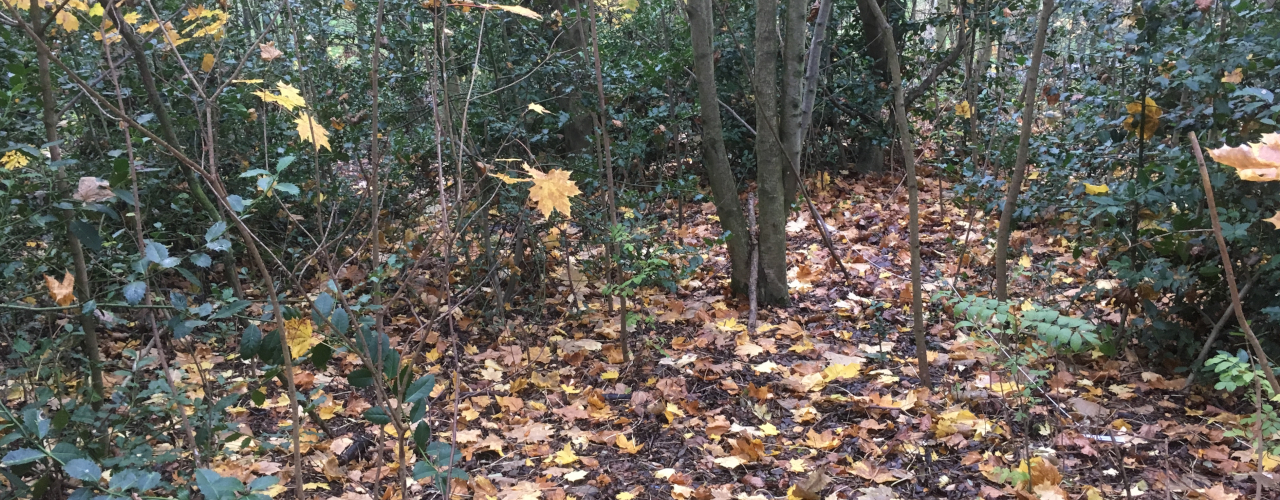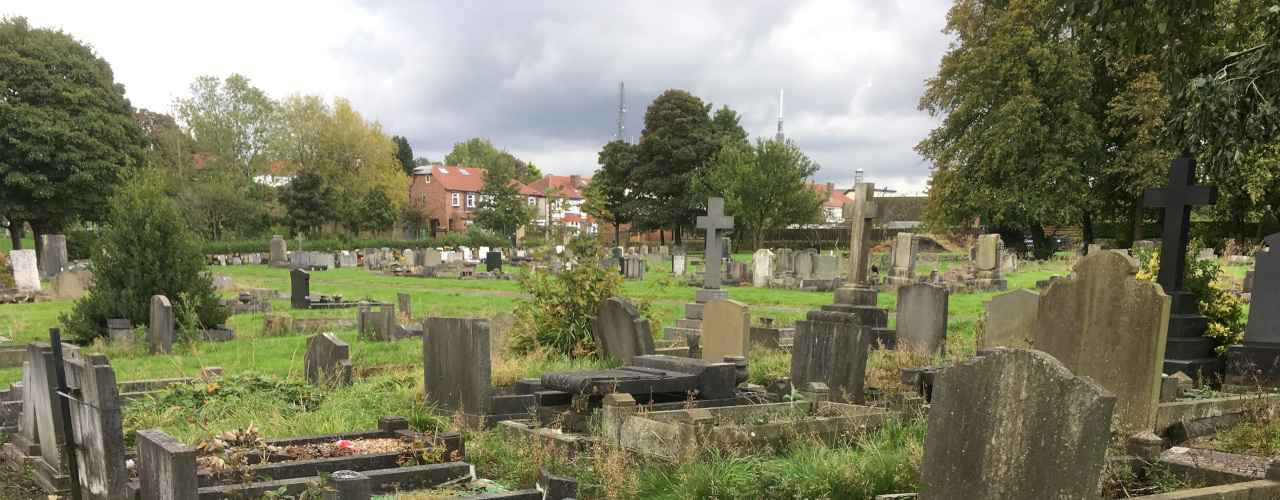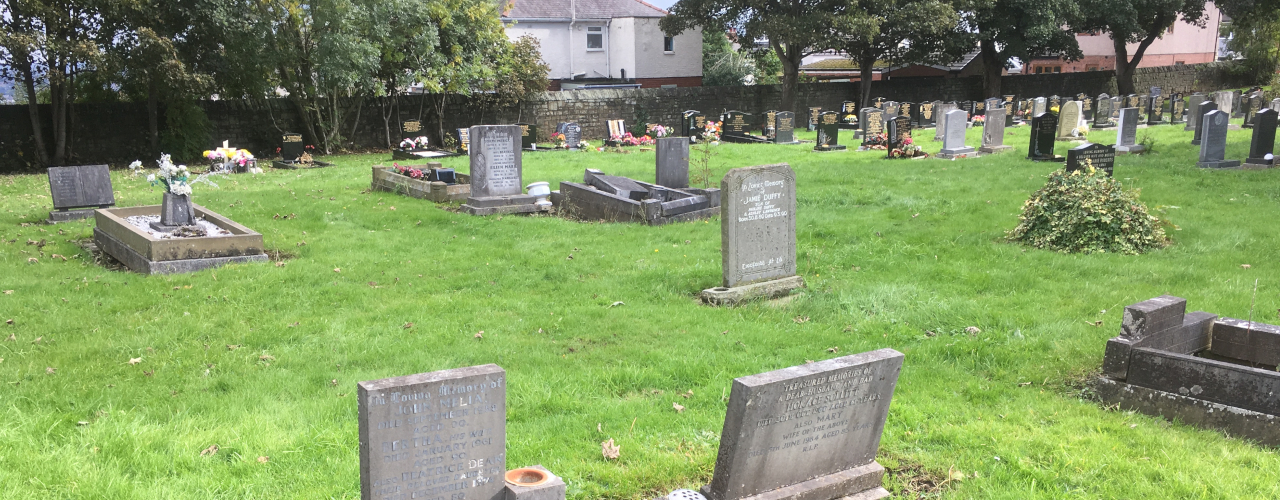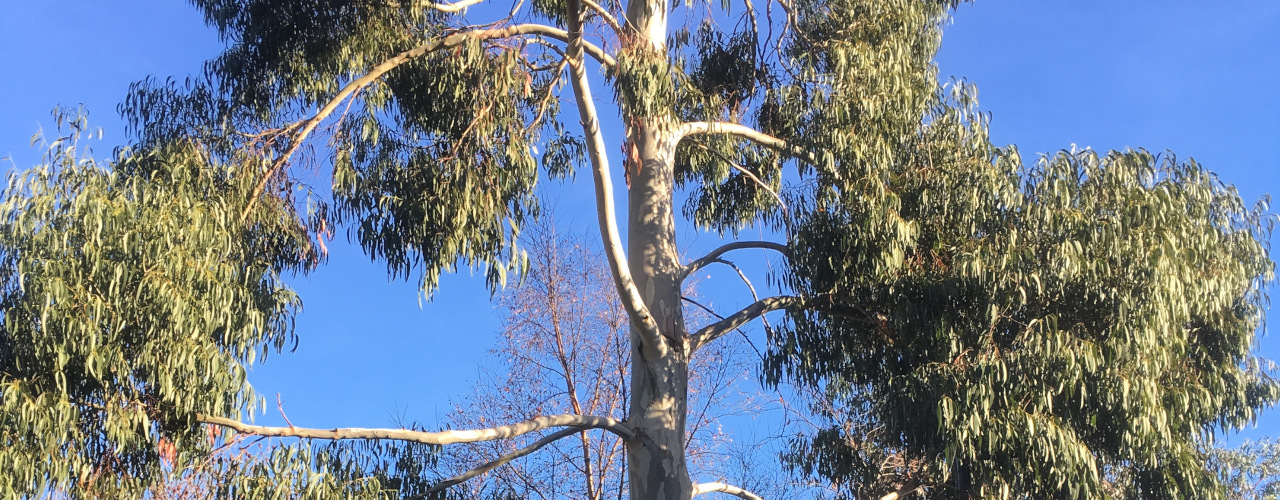Woodland Maintenance for Biodiversity (Part 1) - Introduction
Whilst woodlands do have relatively low maintenance requirements - it does not mean that a lack of maintenance is good for woodland biodiversity.
In fact, a balanced approach, not at the extremes of zero or excessive maintenance is key to aiding biodiversity for new or existing woodlands.
An example of an existing woodland that could be improved via maintenance interventions includes the woodland area of the Ponderosa in Sheffield.
Key characteristics of the Ponderosa woodland include:
- Low diversity of tree species (94% of trees surveyed consisting of only 3 different species)
- Undeveloped/low diversity ground layer planting (mainly holly and bramble)
These characteristics are significant contributers to low biodiversity, and are not unique to this site. Without specific strategic interventions and changes in maintenance, improvements to biodiversity cannot be expected to occur naturally over time for low diversity woodlands.
In the next post, I shall discuss specific actions that can be taken to improve biodiversity for woodlands to gradually improve the site over time.
Wildlife catered to will include insects, pollinators (such as woodland butterflies), small mammals, birds and bats. These improvements for wildlife conditions will also have the knock-on effect of generally improving the site for people as well.
Variety will be the main driver for improving woodland biodiversity - especially looking at providing:
- Greater species variety (by reducing the % of dominant existing species on site, and increasing the % of new species)
- Greater age variety of tree species
- Greater structural variety (forming a woodland with more layers)
